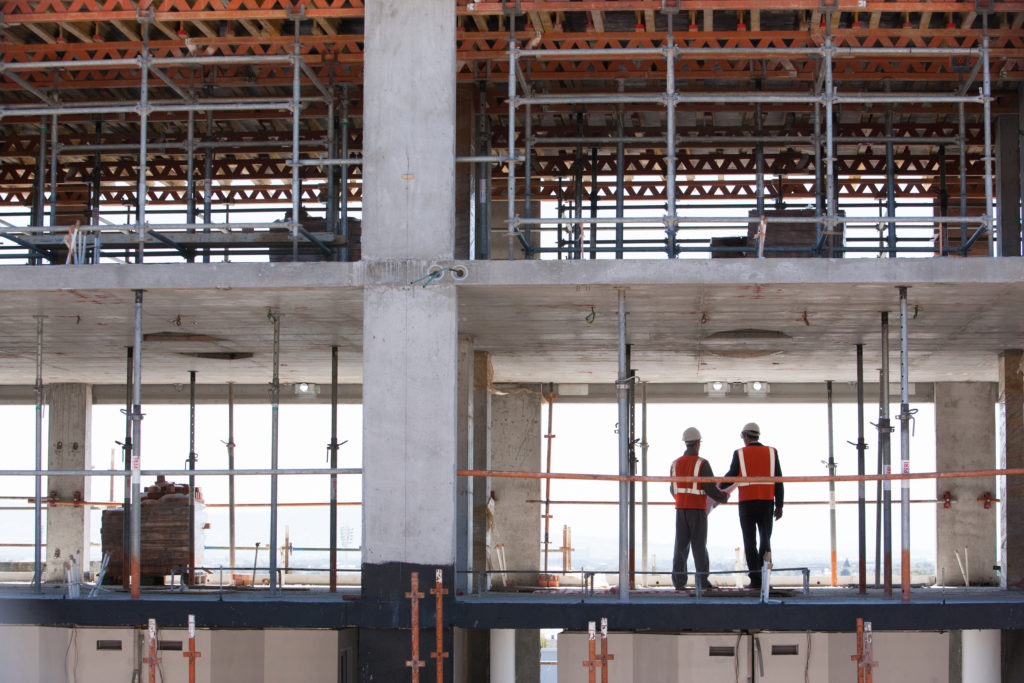We regularly update this report to track the pandemic’s effects on the labour market.
Job postings on Indeed are a real-time measure of labour market activity. On June 18 they were tracking 45.5% ahead of their level on February 1 last year, our pre-pandemic baseline, after adjusting for seasonal trends.
Nationwide postings have stabilised in recent weeks but there is an interesting divide between Victoria and the rest of Australia. Victoria, of course, has been in the midst of a prolonged COVID lockdown that began in late May.
On June 18, Victorian job postings were tracking 37.6% above their level on February 1 last year, compared with 49.1% for the rest of Australia. Postings in Victoria began to soften prior to the lockdown announcement, however, in recent weeks the pick-up across the rest of Australia hasn’t been replicated in Victoria.
In 2020, job postings plunged from mid-March until late April, falling by half, and then gradually improved over the remainder of the year. Victoria’s lengthy second lockdown slowed the recovery, creating a large and temporary divergence between Victoria and the rest of Australia.
Short-term lockdowns across the country have had minimal hiring impact. The recent Victorian one might be an exception due to its longer nature. Short-term lockdowns appear likely to continue going forward due to the slower than anticipated vaccine rollout.
Further moderation at state level
Over the past two weeks, postings across most states and territories have improved. Victoria and the Northern Territory were the exceptions.
New South Wales remains the strongest state from a hiring perspective. Postings are 54.5% above their pre-pandemic baseline, up from 51.1% a fortnight ago. Western Australia and Queensland are also performing well.
Overall, job posting levels are healthy across every state and territory.
Hiring remains elevated across most occupational groups
Postings across all but a few occupational groups – hospitality & tourism, beauty & wellness and veterinary – are above their pre-pandemic baseline. Quite simply, demand for workers is pretty high for most occupations right now.
Demand has been strongest for workers in cleaning & sanitation, loading & stocking and food preparation. Postings for food preparation have surged in recent months, as restaurants returned to full capacity.
Mathematics-based roles, logistic support and childcare also rank highly, while we have recently experienced a surge in tech roles such as information design and software development.
Postings for most of the ‘worst performing’ occupations are above last year’s baseline. Occupations such as accounting and education may be lagging behind the overall recovery but demand for workers remains high.
From a hiring perspective, Australia remains in great shape. The labour market continues to tighten, with the unemployment rate returning to pre-pandemic levels. Indeed’s job postings suggest that this momentum will continue in the near-term, with demand for workers still well above pre-pandemic levels.
Methodology
All figures in this blogpost are the percentage change in seasonally-adjusted job postings since February 1, 2020, using a seven-day trailing average. February 1 last year is our pre-pandemic baseline. We seasonally adjust each series based on historical patterns in 2017, 2018, and 2019. Each series, including the national trend, occupational sectors, and sub-national geographies, is seasonally adjusted separately.
We adopted this new methodology in January 2021 and now use it to report all historical data. Historical numbers have been revised and may differ significantly from originally reported values. The new methodology applies a detrended seasonal adjustment factor to the percentage change in job postings. In contrast, our previous methodology used the 2019 change between February 1 and the reported date as the adjustment factor, which implicitly included both a seasonality component and the underlying trend.
The number of job postings on Indeed.com, whether related to paid or unpaid job solicitations, is not indicative of potential revenue or earnings of Indeed, which comprises a significant percentage of the HR Technology segment of its parent company, Recruit Holdings Co., Ltd. Job posting numbers are provided for information purposes only and should not be viewed as an indicator of performance of Indeed or Recruit. Please refer to the Recruit Holdings investor relations website and regulatory filings in Japan for more detailed information on revenue generation by Recruit’s HR Technology segment.






